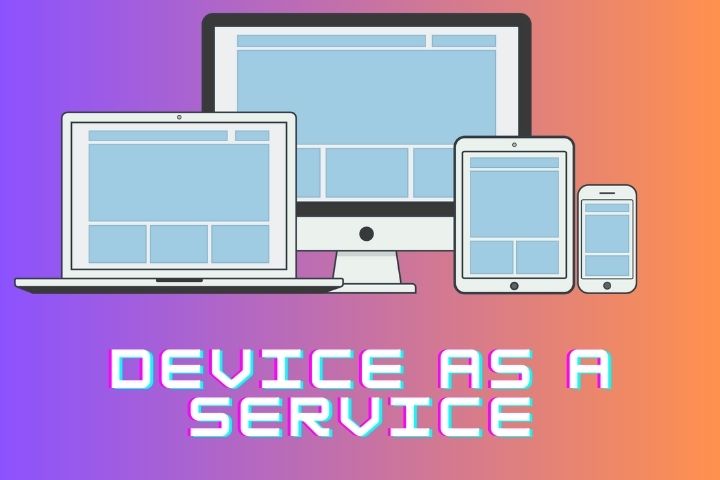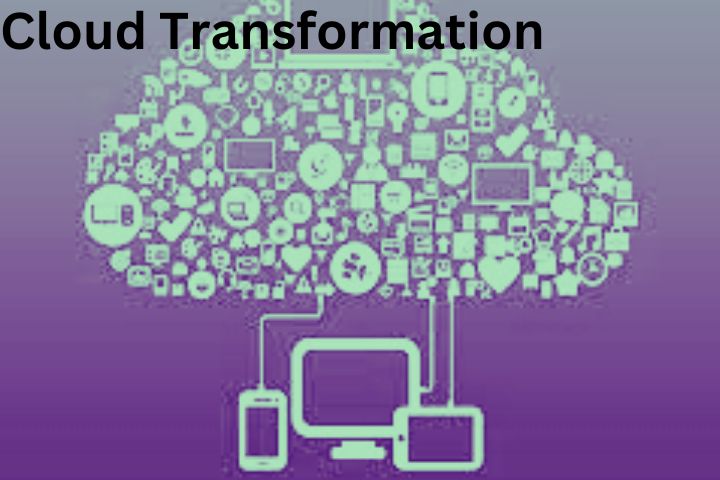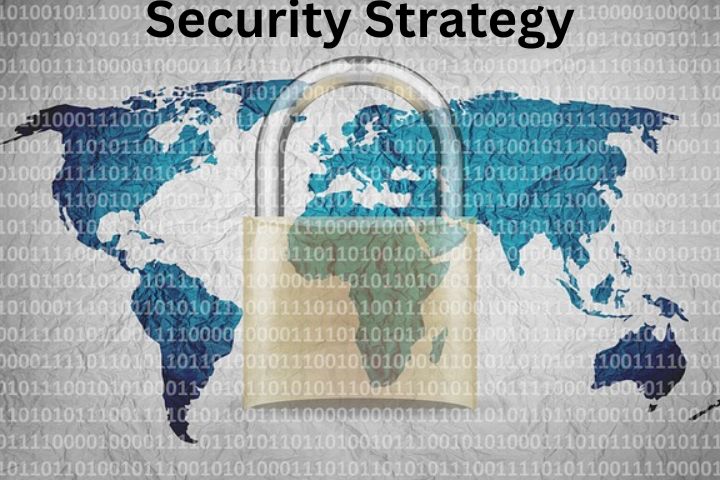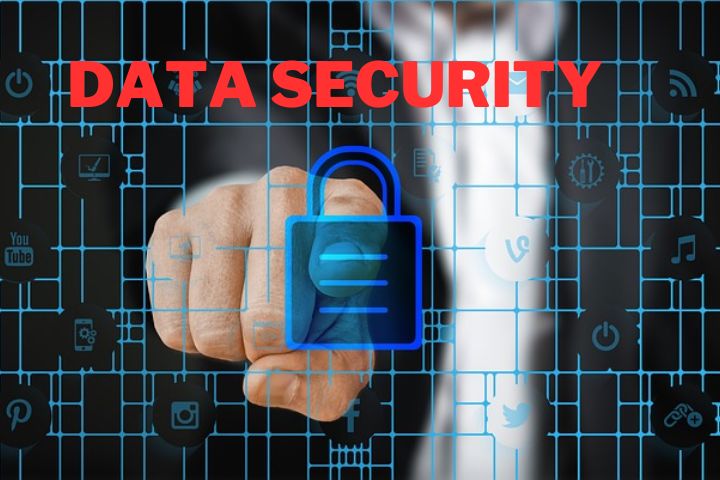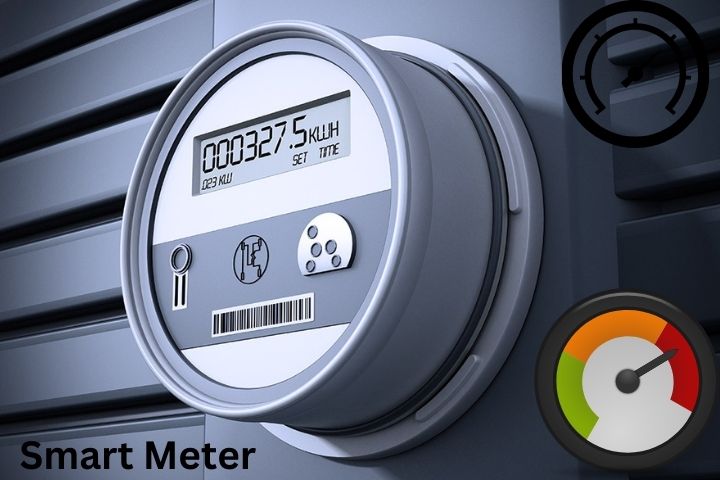
It only works in a smart home with electricity. With all the smart devices, there is still a bottleneck in most households that needs to be smart. We are talking about the good old electricity meter with a counter. With a Smart Meter, your home takes the next step towards Smart Home.
What is a smart meter?
We know the annual game: Shortly before the end of the year, a letter from the energy supplier flutters into the house asking us to read the electricity meter. A few weeks later, someone from the local network operator is at the door again to read the electricity meter.
Wouldn’t it be nice if we could save ourselves this effort? With asmart meter,that’s not a problem. Butwhat exactly is an intelligent electricity meter?
Most households still install analog electricity meters with a wheel counter. For several years, the so-called Ferraris meters have been replaced by modern, digital electricity meters.
Smart meter store the data on electricity consumption. However, the purely digital counters still have to be read. For this reason, the digital counter is also called a “modern measuring device.”
The electricity meter becomes a smart meter when connected to a gateway. The meter can receive and receive data via this communication module.
The consumption data is then automatically sent to the electricity supplier, which makes manual reading superfluous. Since the data stream works in both directions from and to the meter,installing a smart meter has many advantages.
Advantages of a smart meter
We have already mentioned the most obviousadvantage of a smart electricity meter: the reduced reading effort. Never have to be there again when the controller is on the mat.
Remember to take the reading again and live with a rough consumption estimate from the energy supplier. But that’s just the tip of the iceberg.
With a smart meter, you can easily monitor your power consumption at any time. Like your DSL router, you can access the stored data via the smart meter’s digital interface.
All consumption data is digitally recorded, saved, and even graphically processed.This allows you to read daily, weekly, and monthly consumption at any time, for example, via a web portal that can be accessed via a browser.
This makes the comparison of consumption much more precise and easier. You can also identify peak loads in this way. The legislator prescribes the consumption storage (at least) every 15 minutes.
However, manysmart meters offer real-time monitoringright from the start. It is possible to track down previously undiscovered power guzzlers in your household.
But even if you suspect your neighbor is tapping electricity somewhere (intentionally or unintentionally) – you can track down the problem.
However, the smart electricity meter can also become a permanent smart home component. The advantage is particularly obvious in the case of large devices such as
- water heaters,
- heating boilers
- or ovens
Which are wired directly to the mains. If the smart meter is linked to the smartphone, consumers can switch it off when out and about. So you never have to worry about leaving the stove on again.
Data communication in both directions allows connected devices to be programmed via the individual circuit fuses. For example, you could switch to an electricity tariff whose kilowatt-hour price depends on the current supply and demand ratio.
For example, you can program your smart home so that large consumers such as washing machines and dryers switch on at night. In other words, when the electricity price is significantly lower than at peak times of the day.
The smart meter demonstrates its strengths with a photovoltaic system or a small wind power plant. Here, the system is used for real-time monitoring of the feed-in power and the efficiency of the home power plant.
In addition, grid feed-in and the system’s efficiency can be optimized. The bottom line is that asmart meternot only raises awareness of the conscious use of energy butalso saves money and protects the environment at the same time.
How much does a smart meter cost for your own home?
Like any technology, installing a smart meter costs a little money. The actualacquisition, operation, and installation costs depend on the annual electricity consumption.
However, the legislator has defined upper price limits for which energy companies cannot exceed or charge their customers. A typicalhousehold of three peoplewith a consumption of 3,500 to 4,000 kWh per year paysa maximum of 40 euros per year for a smart meter.
Households that consume 6,000 to 10,000 kWh can expect annual costs of up to 100 euros. The same applies to single-family houses with a photovoltaic system with an output of 7 to 15 kW installed on the roof.
Smart meters also offer particularly great benefits for companies. Companies with a consumption of 10,000 to 20,000 kWh pay a maximum of 130 euros per year for their intelligent electricity meter. Even if the costs may be a bit deterrent, the savings potential is significantly greater. Installation usually pays for itself within a year.




